Primarily mined on the island of Sri Lanka, Ceylon sapphires are prized for their beauty and natural, untreated colors. Residents of the island have been mining and trading gemstones for thousands of years. Ceylon blue sapphires and the sapphire called padparadscha, after the color of the lotus flower, are particular favorites.
Definitions
A sapphire is a gemstone of corundum. Only diamonds are harder than sapphires, which in combination with their color makes the latter very desirable for gemstone jewelry. Sapphires naturally occur in many colors, from sapphire blue to pink, rose, yellow, green, purple, orange, and white. The gemstones called Ceylon sapphires come from Sri Lanka, a large island in the Indian Ocean that until 1972 was called Ceylon. Unlike other gemstones, Ceylon sapphires aren’t heat-treated to achieve their color. Sapphires of similar shades and composition are mined in other parts of the world and are also sometimes called Ceylon sapphires.
Colors
The sapphires called Ceylon blue are prized for their quality, beauty and the wide range of blue shades in which they occur, from sky-blue to a deep, vivid blue called cornflower. Ceylon sapphires also occur in all the natural colors inherent to the stone. One widely considered the most extraordinary of the Ceylon gems is the padparadscha sapphire, a stunning pink stone with orange undertones. The name derives from the Sanskrit word that describes the color of the lotus blossom.
History
Located just off the southern coast of India in the Indian Ocean, Sri Lanka has been a hub of gem mining and trading for at least 2,000 years. Marco Polo and Vasco de Gama both remarked upon the abundance of gems to be found in Ceylon. Since a very early point, too, Sri Lankans have been heating gemstones to exaggerate or alter their color, a practice that continues worldwide to this day in the gemstone trade.
Other Sri Lanka Gemstones
Besides corundum gemstones, topaz, moonstone, tourmaline, alexandrite and garnet are found in abundance in Sri Lanka.
Gemstone Mining
Ratnapura, about 60 miles southeast of Colombo, is the center of gem mining and trading in the country. The Sri Lankan government works cooperatively with land owners who agree to permit gemstone mining on their property. The government pays the land owners a percentage of the profit from any stones found there and sees to it that mining operations don’t damage the surrounding land or water resources. Laws governing mining are strictly enforced.
Related Articles
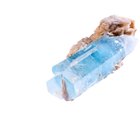
List of the Types of Semi-Precious ...

Physical Characteristics of the Ruby ...
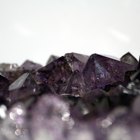
Types of Valuable Crystals

Difference Between Manmade & Natural ...
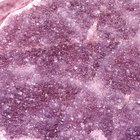
What Is a Pink Amethyst?
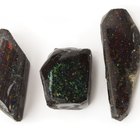
Which Types of Gems Are Most Expensive?

Information on African Rubies
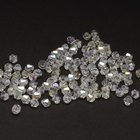
What Is Crystal AB?

Types of Coral Jewelry
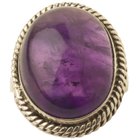
How to Clean a Purple Amethyst Rock

What Is Marcasite Jewelry?

Names of Different Red Shades

What Countries Harvest Pearls?

Tanzanite Vs. Diamonds

What Do the Colors of Mardi Gras Beads ...

What Is the Meaning of Pearls?

Difference Between Clover & Orange ...

History of Pink Pearls
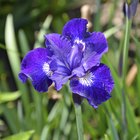
What Does a Purple Iris Symbolize?

How to Clean Sterling & Turquoise ...